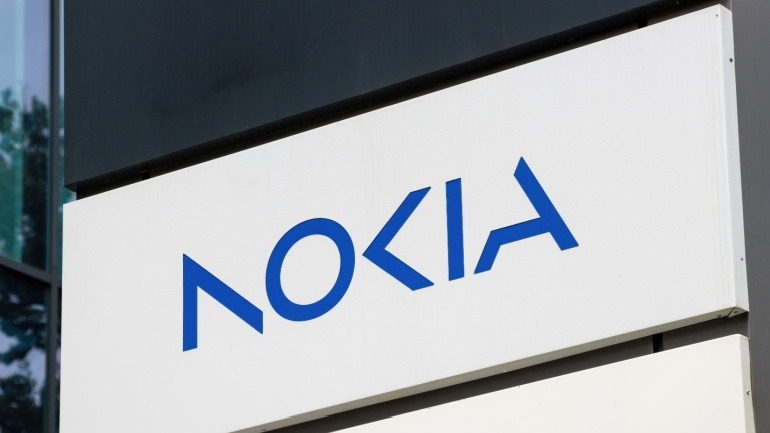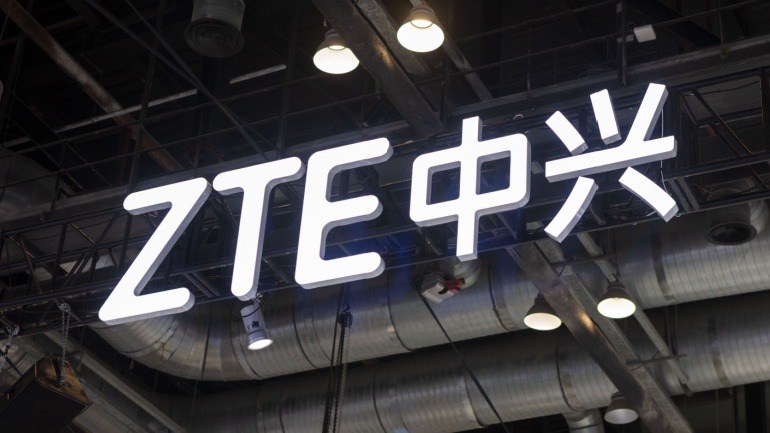French researchers are starting to work on the blockchain! Inria, Télécom ParisTech, Télécom SudParis and SystemX signed a framework agreement on Tuesday March 6th, to coordinate their research efforts in the blockchain area. Called “Bart” (Blockchain Advanced Research & Technologies), this initiative will last for six years and will mobilize thirty researchers. Its aim is to remove the technological barriers that slow down the deployment of blockchain-driven data storage, a technology which is currently attracting the interest of many industries. Three main challenges will be addressed:
1 – Scaling up
In one second, six or seven transactions took place on the Bitcoin blockchain, versus several thousand for the Visa credit card system. This slowness limits the use of the blockchain on a larger scale. The problem is due to the validation technique required for transactions, with transactions being grouped into blocks that must be validated by a computer calculation process called mining. Typically, it takes about 10 minutes to add a block to the chain. To speed this up, it has been proposed to increase the block size of the Bitcoin blockchain, and thus reduce the number of validation processes. “But this method is not without a negative effect,” said Charles Kremer, R&D manager of the blockchain division at System X. “Miners (individuals or companies that validate the blocks) with significant computing power are privileged. By privileging certain types of miners, we are less and less in a decentralized system, a key aspect of a blockchain,” he explains.
To improve the efficiency of the technology, Ethereum, another high-profile public blockchain, uses a mining method less demanding in computing power. “The scaling up is especially a problem for public blockchains such as Bitcoin and Ethereum, but it is much less of a problem for private blockchains like the one that Carrefour has just launched to track its supplies,” notes Kremer .
2 – Confidentiality of the data
Track a food product or a spare part, or certify an object of value; these possible applications of blockchain technology are of interest to many industries. “The problem is that the blockchain is by nature very transparent, all participants can have access to transaction history and content, and companies do not want to share some confidential information,” said Charles Kremer. System X works with industry to create cryptographic mechanisms so that certain information about a transaction is not available to everyone.
3 – Shared governance
The blockchain is a decentralized system, so there is no central actor who decides for the whole. This is an innovative principle, but can pose a problem when a decision must be made, especially regarding the evolution of the technology. It is difficult for all participants to agree, and this period of indecision prevents the fluid use and advancement of technology. “When some of the blockchain Bitcoin actors wanted to increase the size of the blocks in 2017, others did not agree, ” commented Charles Kremer. “A parallel blockchain called Bitcoin cash was created after a long period of discussions.”
This governance problem could be particularly significant if several participants in an industry sector use the same blockchain. “The key to governance lies in the computer architecture, ” according to Kremer. “For example, IBM has developed a software feature on its Hyperledger blockchain system, which is used by companies as part of a private blockchain to give administrator access to certain players in the chain.”
Source: UsineNouvelle







